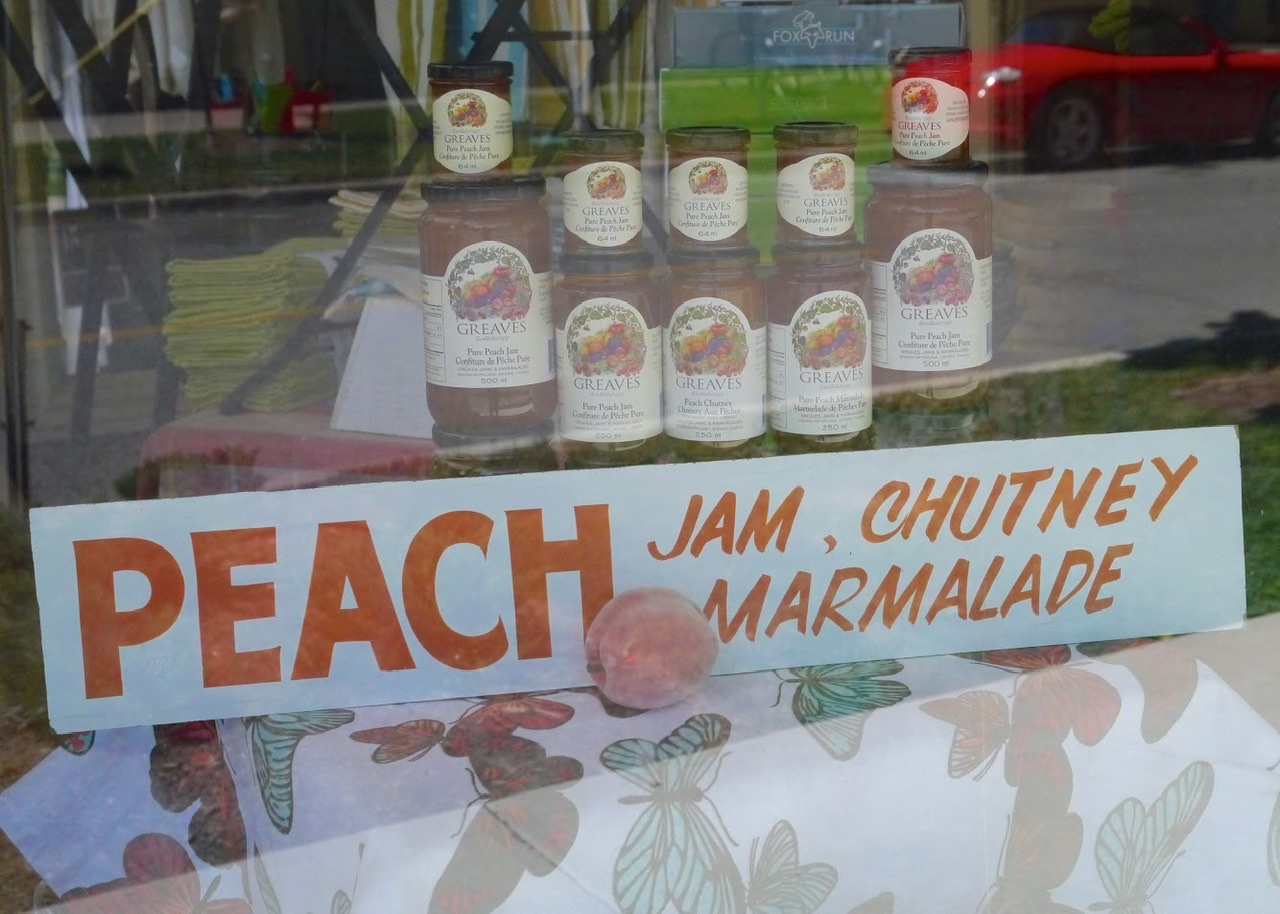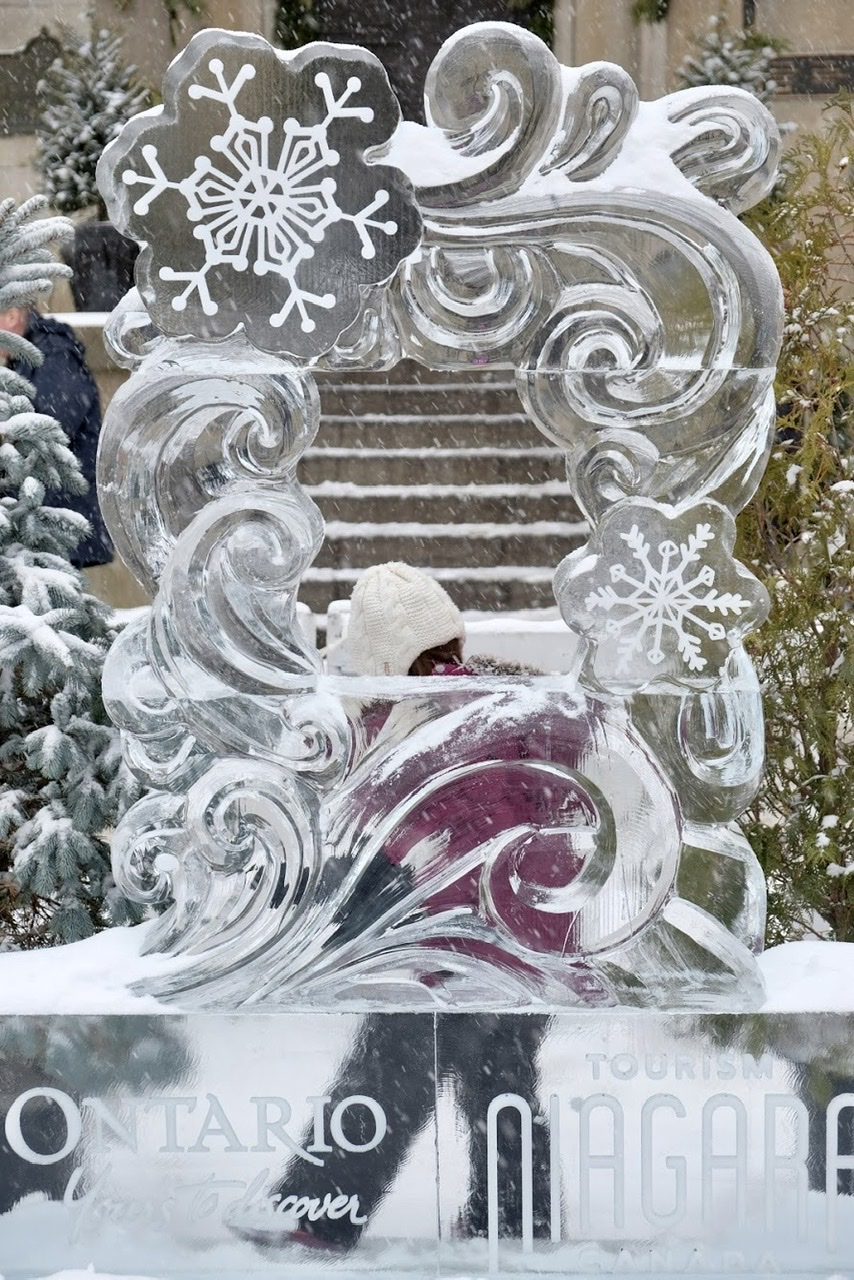
“What all of us long for, I suspect, is to love the places in which we live and to live in places worthy of love. Surrounded by sham and disarray, we hunger for integrity and authenticity. We wish to dwell somewhere rather than nowhere.” ~ Scott Russell Sanders, The Geography of Somewhere
Many of us are still staying close to home due to the coronavirus pandemic. While we may be connected virtually to friends, family, and work we’re disconnected physically. This lack of physical touch is hard on everyone, including me. For six weeks, on each Monday beginning May 4th, I’ll offer a prompt to help you get “in touch” with the place where you live, to cultivate a deeper connection with the natural world around you. For this final week, let’s explore the culture of your place. How would you describe it in a paragraph? How did it develop? What needs to change and what do you envision for the future?
Culture
One of the best books I’ve read on place is called Staying Put by Scott Russell Sanders. He defines a real place as one shaped by its economy, architecture and public spaces, food, festivals, and history. All of these make up the culture of your place.
Economy – This shows up in how well a place appreciates and takes advantage of what it’s been given, whether in unique flora and fauna, agriculture, arts and crafts. The economy of the community reflects what the community needs.
“A real place is distinguished by a vigorous local economy, one that draws on resources from the region and on the skills of its own citizens.”
Architecture and Public Spaces – This shows up in parks and gardens and riverfront trails – of native trees and plants in the yards. Where are the public spaces – farmers’ markets, outdoor festivals and music concerts, libraries, theatres, parks and community centres?
“A real place feels as though it belongs where it is, as though it has grown there, shaped by weather and geography, rather than being imported from elsewhere and set down arbitrarily like a mail-order kit. A real place keeps us mindful of nature, as it keeps us mindful of history.”
Food – Our choices about the food we eat are important to our sense of place. The more we choose food that is local, seasonal, and organic, the healthier we and our environment will be.
People and Festivals – Earlier generations are remembered through festivals and habits of speech and customs. The community does not stay frozen in time but restores the old while building something new.
“A real place conveys a sense of temporal depth, a sense that people have been living and laboring here for a long time.”
Your Turn
This article, The Social Life of Small Urban Spaces, prompted me to think about my own small town, a normally bustling, tourist town.
Where do I interact with strangers and acquaintances spontaneously? Well, I walk every day and don’t always talk to others except for the occasional hello and nod of the head. Occasionally I have interactions at the park with a visitor or at the coffee shop with a barista. I’ve been stopped many times on the street by people looking for directions to a particular spot. I must look local. Sometimes I run into people I know or am meeting a friend.
Where are the open plazas or parks where people gather? We have a small “downtown” area along one street that is always filled with people, mostly sauntering. There are many different type of shops, but several places where you can buy ice cream cones. When I walk along that street, there are usually dozens of people eating ice cream, even in the winter. The main park at the lake is often filled with picnickers and people feeding the ducks. There is a gazebo at the park, which is the anchor and where many pictures are taken. Other gathering places include the local library, the Community Center, and yoga class. Being a “retirement” place, there are many opportunities for socializing if so inclined
Where do you find public art or experience public performances? I can’t think of anything I would call public art here, but the history of this place is rich and there are markers and sculptures all over marking points of historical significance. Recently, our town completed the Voices of Freedom Park, dedicated to those of African descent who found freedom here. The memorial sculptures are magnificent. The town also offers many historical walking tours and even ghost tours. As far as musical performances go, these usually occur during one of the monthly festivals, such as the grape and wine festival in September. There is a outdoor concert venue at a winery which operates during the summer months.
How easy is it to get from a to b? Another consideration is a place’s walkability or availability of public transportation. My town is very walkable once you’re here and bike and scooter rentals are readily available. Getting here is another matter and almost always requires a car. There is some public transportation but it’s limited.
“The way people use a place mirrors expectations.” ~ William H. Whyte
Answer these questions for your place. Then, consider the following questions.
What is the primary employment in your place? What drives the economy? Is it an affordable place to live? Why or why not?
How is history reflected in buildings and public spaces?
Is farming prevalent? What foods are available by season where you live? How healthy is the food, meaning free of toxins?
How is the culture reflected in speech, habits, demographics, and festivals? How inclusive is your place? How are its earliest peoples remembered?
What kind of energy do you use as power? Where does it come from? What are the costs to the environment? Are efforts being made to move towards renewable energy? How energy-efficient is your life?
Where does your garbage go? What is recycled and where does it go?

Where to Go
You may be restricted as to where you can go this week depending on what is open and available in these pandemic times. Make do with what you have available.
Visit a local farm that is a model of sustainable food production and community involvement.
Go to a farm to table restaurant and enjoy a meal, while supporting local farmers. Or, make your own farm to table meal.
Attend a festival or historical event or talk in your area.
Visit one or more public spaces. Sit for awhile and notice what makes it special.
What to Do
Learn the history of some of the buildings in your area. What previous inhabitants or events are historically significant?
Is there a garden in your life? Do you grow your own food? Share your photos or write about it.